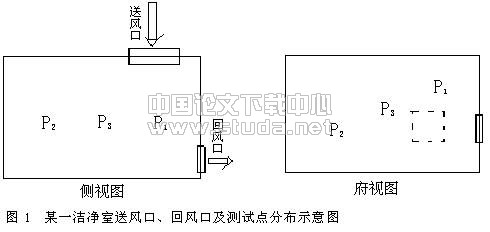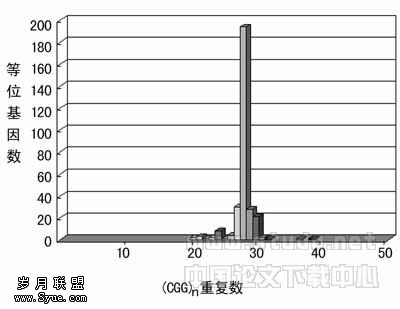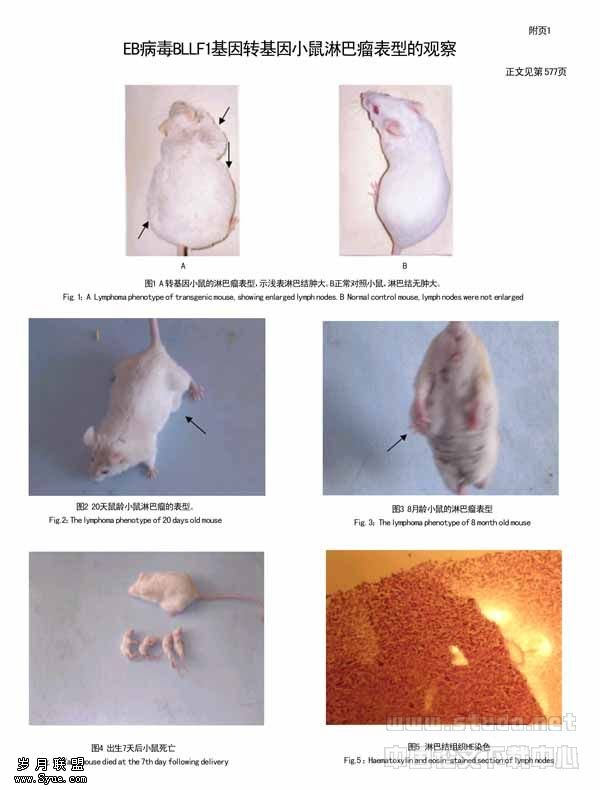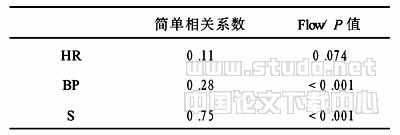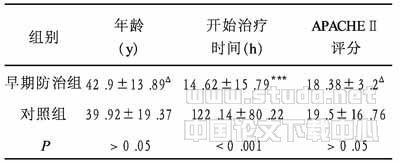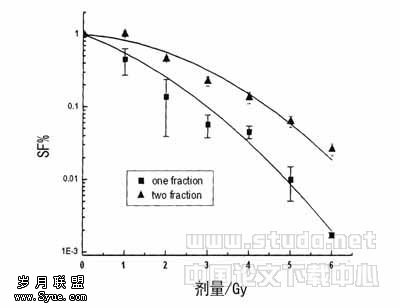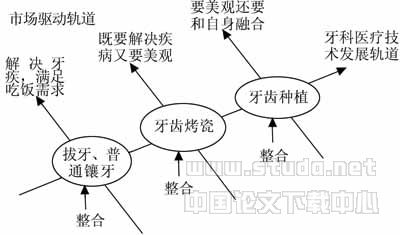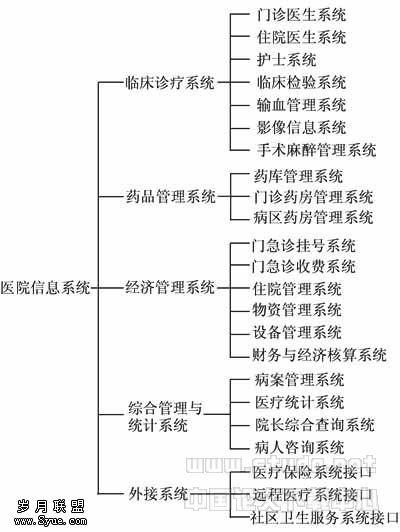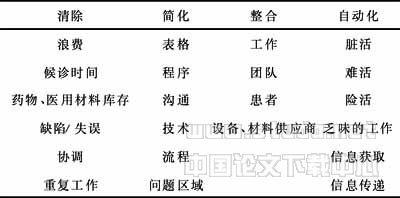Experiment study on radial optic neurotomy in cats eyes
【摘要】 AIM: To explore the anatomical changes of the optic nerve head in cats after radial optic neurotomy(RON).METHODS: The normal anatomic data were obtained from 12 healthy cats. A total of 18 healthy cats were used in the experiment, which were divided into four groups: each operative group was executed at the 1st, 15th, 30th, 90th day after undergoing RON unilaterally.(six in 1st group). The enucleated eyes of each operative group were cut section routinely and embedded in paraffin, the cross sections were stained by special staining. RESULTS: At the 1st day after operation, the incision came into being and connected with cerebral subarachnoid space of orbital optic nerve. At 15th day, incision was fusiform and hyperplastic neuroglial cells and fibroblasts aggregated at the incision. At 30th day, there was obvious proliferation of type fibril at the neurotomy. The aligned texture of collagen fibril of the lamina cribrosa near the incision was moved close to each other. At the 90th day, a discrete scar was noted at the site which reached the cribriform and sclera. CONCLUSION: RON can cut scleral ring and piamater of optic nerve sharply. The incision of RON connects with subarachnoid space of orbital optic nerve and becomes broaden gradually at the site of scleral ring. The potential role of incision of RON is relevant to the subject.
【关键词】 ptic nerve optic disc; cat central retinal vein occlusion
INTRODUCTION
Central retinal vein occlusion (CRVO) can result in loss of vision from intraretinal hemorrhage, edema, or retinal ischemia. Recently, Opremcak[1-3] has advocated the use of a radial optic neurotomy (RON) as a possible treatment of CRVO. Others have followed with similar case series. Opremcak concludes that radial optic neurotomy may improve visual acuity in eyes with CRVO, and it has initially proved to be safe, although further studies must be performed to address potential serous complications such as damage to the central retinal artery and vein. Hayreh believes that the procedure is useless and even possibly dangerous for several anatomic reasons[4].
We choose the cats as the experimental model because the lamina cribrosa of cats are well developed. The histological studies of the cats have been proved that the lamina bundles of cat contain all the three kinds of fibers of human. The three dimensional structure of collagenous fibers of cat is similar with human. The ratio of dimension is close to that of humanity[5] . Our objective is to perform a RON in cats and to examine histological changes of the optic nerve head and lamina cribrosa.
MATERIAL AND METHODS
Material A total of 12 healthy cats 24 eyes were used in the experiment, the normal anatomic data of the distance between limbus and pars plana, thickness of eyeball wall at the site of perioptic nerve and the diameter of optic nerve head were measured of all normal eyes. A total of 18 healthy cats were used in the experiment, which were divided into four operative groups. Four operative groups were executed at the 1st, 15th, 30th, and 90th day after undergoing RON bilaterally (Six in 1st group). The enucleated eyes of each operative group were divided into two parts: one part was cut section routinely and enbedded in paraffin, the cross sections were stained by hematoxylin-eosin(HE)staining and picrosirus red staining.
Methods Animals were underwent local drops with 0.1mL of 10g/L atropine sulfate and then were anesthetized with 10 to 40mg/kg of intramuscularly ketamine hydrochloride. All animals were initially examined with indirect ophthalmoscopy to exclude any preexisiting vitreoretinal abnormalities. The 20-gauge MVR blade was used to perform a radial incision at the edge of the optic nerve head on both eyes of each animal. The sclerotomies and conjunctiva were sutured with 6-0 polyglactin and absorbable suture respectively. Twenty milligram gentamicin sulfate was injected into the subconjunctival space.
RESULT
The distance between limbus and pars plana was 6.8mm- 8.6mm. The thickness of perioptic nerve of eyeball wall was (0.78±0.06)mm. The diameter of optic disc was (1.3±0.11) mm. The diameter of optic nerve was (2.2±0.3)mm.
HE Staining After operation, the incision came into being and local hemorrhage infiltrated into the circumambience and backside. At the 1st day, no damage of the major vessel wall was found in histological examination of the optic nerve demonstrated foci of hemorrhage, reactive gliosis and inflammatory cells (Figure 1). Histological micrography of longitudinal insection of optic nerve at the 1st day after RON showed the haemorrhage caused by the incision connected with cerebral pialmater of orbital optic nerve(Figure 2). At the 30th day, incision was fusiform and hyperplastic neuroglia cells and fibroblasts aggreated at the incision(Figure 3). At the 90th day, a discrete scar reached the cribriform meshwork and sclera was noted. No neovascularization was present.
Figure 1 Histological micrography of transverse insection of lamina cribrosa at 1st day after RON, lamina cribrosa, scleral ring and sclera were cut sharply. The contraction of fiber bundle made the incision open. There is no damage to adjacent vessel wall(hematoxylin-eosin×100)
Figure 2 Histological micrography of longitudinal insection of optic nerve at 1st day after RON, The haemorrhage caused by the insicionincision connected with cerebral pialmater of orbital optic nerve. (hematoxylin-eosin×100)
Figure 3 Histological micrography of transverse insection of lamina cribrosa at 30th day after RON, the open angle became blunt, the hyperplastic neuroglia cell increased in septa of lamina cribrosa. (hematoxylin-eosin×100)
Picrosirus Red Staining The incision had the surgical intervals with the subarachnoid spaces clearly(Figure 4). Histological micrography of longitudinal section at 1st day after RON indicated the incision connected with cerebral subarachnoid space of orbital optic nerve(Figure 5). At the 15th day, the shape of incision was fusiform and the widest part was at the site of scleral ring and the fibres moved closer to each other(Figure 6). At the 30th day, there was obvious proliferation of type and type fibril at the site of the incision. The aligned texture of collagen fibril of the lamina cribrosa near the incision moved close to each other. At the 90th day, type fibril confirmed the presence of a healed scar at the neurotomy site(Figure 7).
Figure 4 Histological micrography of transverse insection of of optic nerve at 1st day after RON, the insicion connected with cerebral pialmater of orbital optic nerve. arrow head (picrosirus red×100)
Figure 5 Histological micrography of longitudinal insection at 1st day after RON, arrow head indicatess the insicion connected with cerebral pialmater of intraocular optic nerve. (picrosirus red×100)
Figure 6 Histological micrography of transverse insection of lamina cribrosa at 15th day after RON, The appearance of the incision is fusiform. The arrow head indicates the fibres moved closer to each other. (picrosirus red×100)
Figure 7 Histological micrography of transverse insection of lamina cribrosa at 90th day after RON, 、 type collagen fulfilled in incision. The shape of adjacent pore restored. (picrosirus red×100)
DISCUSSION
Previous attempts at external decompression of the orbital portion of the optic nerve by optic nerve sheath fenestration and sectioning of the posterior scleral ring have not been validated as effective treatments for CRVO
Since the RON has been advocated as a possible treatment of CRVO, Hayreh and someone else contest that the lamina cribrosa is a nonelastic and compact structure of rigid collagen tissue, a single radial incision at one side may not be able to achieve a decompression of central retinal vein. Hayreh also argues that the site of occlusion in CRVO is posterior to the lamina cribrosa. Thus, a RON, if it even were to decompress the lamina cribrosa, will have no beneficial effect on decompressing the nerve where the site of the occlusion lies. Furthermore, he argues that with a CRVO, the vein is completely thrombosed and with a decompression procedure, the vein cannot be opened[4].
From this view, we think about these doubts and our results seriously. Firstly, in the lamina cribrosa of non-pathological eyes the collagen fibrils are arranged circularly around the points of passage of axons and vessels in coarse bundles. There was a large amount of elastic fiber around the scleral ring [5]. During the first 2 weeks after surgery, the appearance of fusiform of the incision indicates RON may relieve a "compartment syndrome" occurring at the sclera outlet. Also, our results suggest that the incision of RON connects with subarachnoid spaces of intraocular optic nerve. Thus, because the pressure of subarachnoid spaces half of intraocular pressure[6] a RON, is indeed decreasing the pressure which inside the intraocular optic nerve(Figure 8,9).
Secondly, after venous occlusion, the retina becomes hypoxic, which leads to functional and structural changes in the retina capillaries. These changes lead to information of collaterals and chorioretinal venous anastomosis. The collaterals and chorioretinal venous anastomosis does increase venous blood outflow and allows for improvement in resolution of the intraretinal hemorrhages and the improvement in visual acuity. If RON can decrease the pressure which inside the intraocular optic nerve, CRA and collateral may develop in the area of incision earlier in the postoperative period(Figure 10).
At last, Green's study [7] confirms that thrombus in CRV is just posterior to lamina cribrosa or at the site of lamina cribrosa. But Hayreh and Beaumont [8,9] contest retrocribrosal site of occlusion, which has access to the pial plexus that can provide collateral channels for retinal venous drainage and most of CRVO are of this condition. We think, whether the site of occlusion in CRVO is posterior to the lamina cribrosa(Figure 11) or at the site of lamian cribrosa(Figure 12), CRA or collateral that draining blood to choroidal vein is a power channel because of the shortest distance. So it is not the position of thrombus that determines the effectiveness of RON.
The exact mechanism of reduction of RON is not clear. In general, most doctors who undergo RON suggest that inducing new chorioretinal shunts that drain retinal circulation to the choroids might underlie the efficiency of RON. However, as Meyer has suggested [10]. the prospective, randomized clinical trial is needed to fully put to rest the debate over the efficacy of RON in the treatment of CRVO.
RON can cut scleral ring sharply and don't damage the major vessel. The incision of RON connects with subarachnoid spaces of intraocular optic nerve and become broaden gradually at the site of scleral ring.
【】
1 Opremcak EM, Bruce RA, Lomeo MD, Ridenour CD, Letson AD, Rehmar AJ. Radial optic neurotomy for central retinal vein occlusion: a retrospective pilot study of 11 consecutive cases. Retina,2001;21(5):408-415
2 Opremcak EM, Rehmar AJ, Ridenour CD, Kurz DE. Radial optic neurotomy for central retinal vein occlusion: 117 consecutive cases. Retina ,2003;12(3):297-305
3 Bynoe LA, Opremcak EM, Bruce RA, Lomeo MD, Ridenour CD, Letson AD, Rehmar AJ. Radial optic neurotomy for central retinal vein obstruction. Retina ,2002;22:379-380
4 Singh Hayreh S, Opremcak EM, Bruce RA, Lomeo MD, Ridenour CD, Letson AD, Rehmar AJ. Radial optic neurotomy for central retinal vein obstruction. Retina ,2002;22:374-377
5 Wei J, Zhang MN. Fibrous structure of connective tissue of normal cat laminacribrosa. J Henan Univ Sci Tech(Med Sci) ,2005;22(3):170-172
6 Liu D, Michon J. Measurement of the subarachnoid pressure of the optic nerve in human subjects. Am J Ophthalmol ,1993;119:81-85
7 Green WR, Chan CC,Hutchins GM, Terry JM. Central retinal vein occlusion:a prospective histopathology study of 29 eyes in 28 cases. Trans Am Ophthalmol Sco ,1981;79(3):371-422
8 Hayreh SS. Classification of central retinal vein occlusion. Ophthalmology ,1983;90(5):458-474
9 Beaumont PE, Kang HK. Pattern of vascular nonperfusion in retinal venous occlusions occurring within the optic nerve with or without optic nerve head swelling. Arch Ophthalmol ,2000;118(10):1357-1363
10 Meyer CH, Schmidt JC, Richard G, Kroll P. Radial optic neurotomy needs evaluation in a controlled prospective trial. Ophthalmologica ,2004;218:144-149
